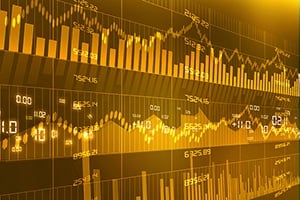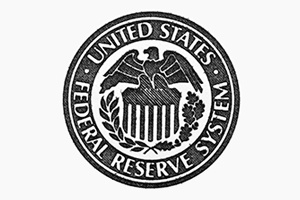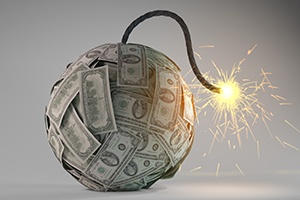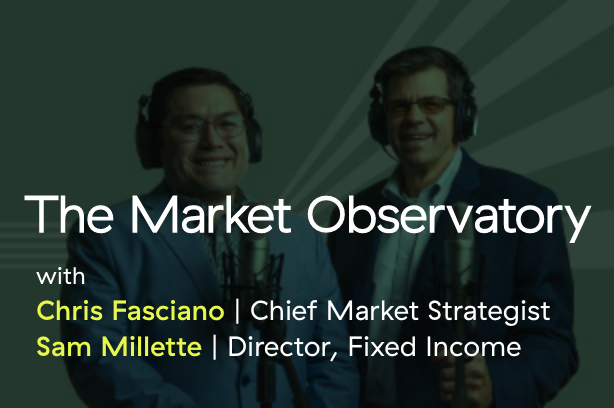I woke up this morning to a surprise. It had snowed, which was expected. After all the fear-mongering coverage, in fact, I expected the house to be covered, but it wasn’t so bad. The real surprise was the fact that a combination of wind and heavy snow had taken down several trees—including an 18-footer right across most of my driveway. All of a sudden, I was cut off.














